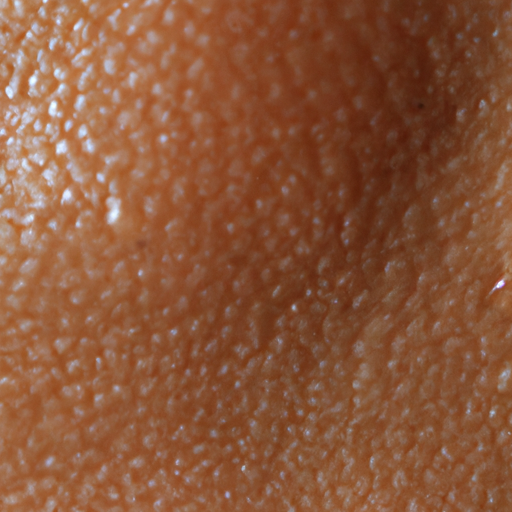As a medical professional, I have encountered numerous patients who struggle with oily skin. This common skin condition, characterized by an overproduction of sebum, can lead to a shiny or greasy appearance, enlarged pores, and even acne. Unmasking the gloss of oily skin involves understanding its causes, recognizing its symptoms, and implementing effective treatment strategies.
The sebaceous glands in our skin produce sebum, a natural oil that helps to keep the skin hydrated and healthy. However, when these glands overproduce sebum, it can result in oily skin. This overproduction can be triggered by various factors such as genetics, hormonal changes, stress, and environmental conditions. It’s important to note that oily skin is not a reflection of personal hygiene or diet, as commonly misconstrued.
Diagnosing oily skin involves a thorough examination of the skin and a detailed patient history. As a doctor, I look for specific signs such as a shiny or greasy appearance, enlarged or visible pores, thick or rough-looking skin, and frequent blackheads or pimples. The patient’s history can also provide valuable insights into potential triggers such as hormonal changes or stress.
Once diagnosed, the treatment for oily skin aims to manage the symptoms and prevent complications such as acne. It’s crucial to understand that while oily skin cannot be ‘cured’, it can be effectively managed with the right skincare regimen and lifestyle modifications.
A cornerstone of managing oily skin is a consistent skincare routine. I recommend using a gentle cleanser twice a day to remove excess oil without stripping the skin of its natural moisture. Avoid harsh soaps or products with alcohol as they can over-dry the skin, triggering more oil production. Incorporating a toner can help to tighten pores and remove residual oil. Opt for oil-free moisturizers and sunscreens to prevent clogging pores.
Exfoliation is another key step in managing oily skin. It helps to remove dead skin cells that can clog pores and increase oil production. However, it should be done sparingly, as over-exfoliation can irritate the skin and stimulate more oil production.
In addition to skincare, lifestyle modifications can also help manage oily skin. Maintaining a balanced diet, staying hydrated, and managing stress can have a positive impact on your skin’s health. Regular exercise can also help by reducing stress levels and promoting healthy circulation.
In some cases, topical or oral medications may be prescribed to help reduce sebum production. Retinoids, for example, can help regulate skin cell turnover and reduce oiliness. Birth control pills may also be considered for women experiencing hormonal fluctuations.
In conclusion, while oily skin can be challenging to manage, understanding its causes and implementing an effective treatment strategy can significantly improve the condition. As a doctor, my goal is to empower my patients with the knowledge and tools they need to manage their oily skin effectively. Remember, every skin type is unique, and what works for one person may not work for another. Therefore, it’s important to consult with a healthcare provider or dermatologist to develop a personalized treatment plan.




